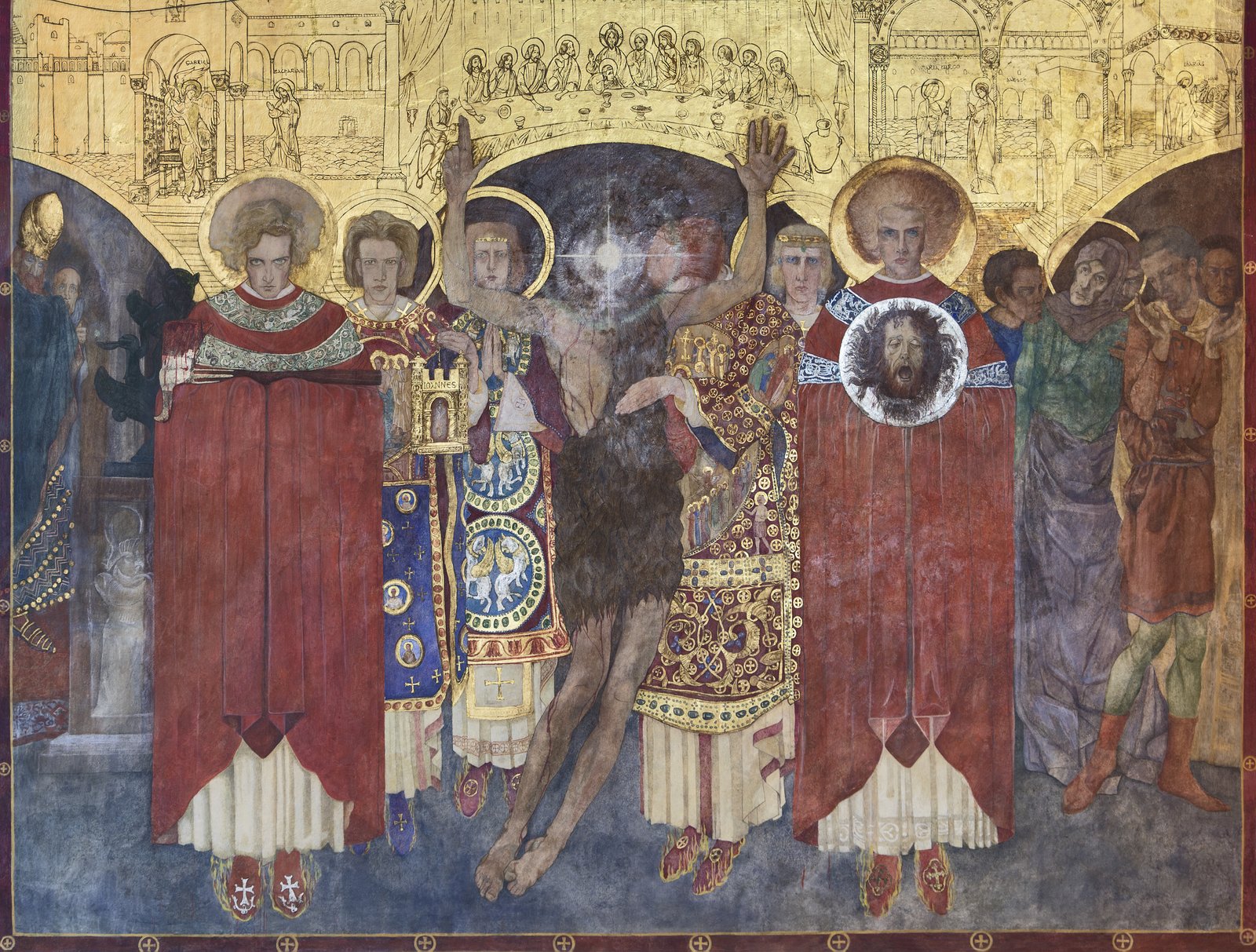From 23 June to 4 September 2016 the Museum of Architecture presented the exhibition “Armenian Cathedral in Lviv and its creators”, dedicated to the unique monument that constitutes a symbol of multiculturalism of the lost Polish Borderlands. The Armenian Cathedral was created in the fourteenth century as a copy of Armenian temples, but it has lost its original oriental character over the centuries. Therefore, in the years 1902-1938 at the initiative of Józef Teodorowicz, a charismatic archbishop of Lviv Armenian Catholic Church, the Cathedral has undergone reconstruction and stylistic “re-Armenisation”. It was conducted by a team of great Polish artists, including Franciszek Mączyński, Józef Mehoffer and Jan Henryk Rosen. They created a great architectural masterpiece filled with mosaics and polychrome, successfully combining the traditions of Byzantine, old Armenian and secessionist art with the realist art of the late 20s and 30s.
The Cathedral survived the Second World War. However, it was taken from the Armenians and until 2002 it served as a storehouse for icons and sculptures of the Ukrainian National Museum. Since 2008, a group of Polish conservators headed by Paweł Baranowski of the Heritage Academy Alumni Association in Cracow started the process of the Cathedral conservation, funded by the Polish Ministry of Culture and National Heritage. Finishing the first stage of work, namely restoration of Jan Henryk Rosen polychromes in the nave of the Cathedral, became the pretext for the preparation of exhibition by the International Cultural Centre in Cracow, which is accompanied by Polish-English, richly illustrated album entitled identically to the exhibition - “Armenian Cathedral in Lviv and its creators “.

